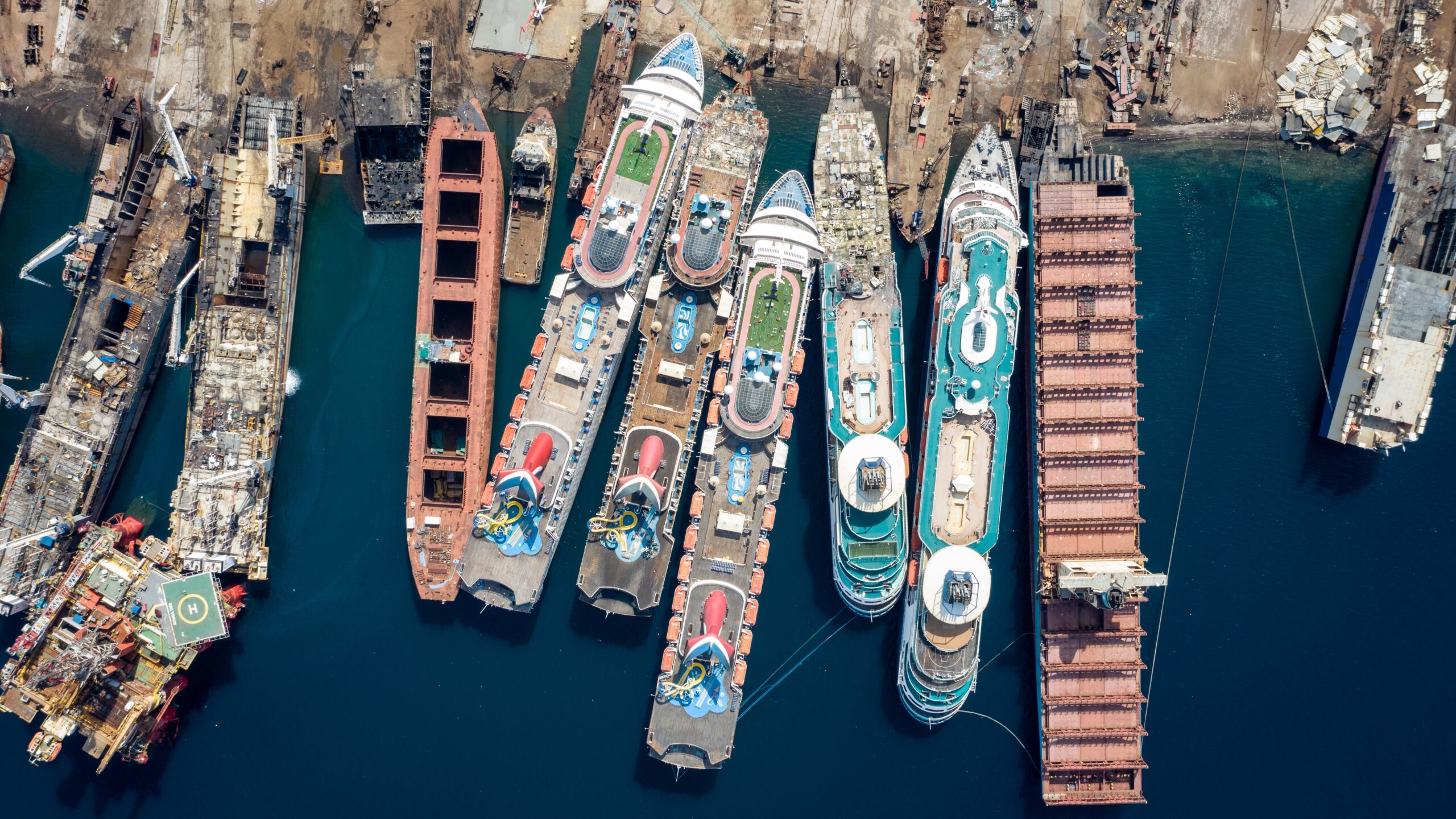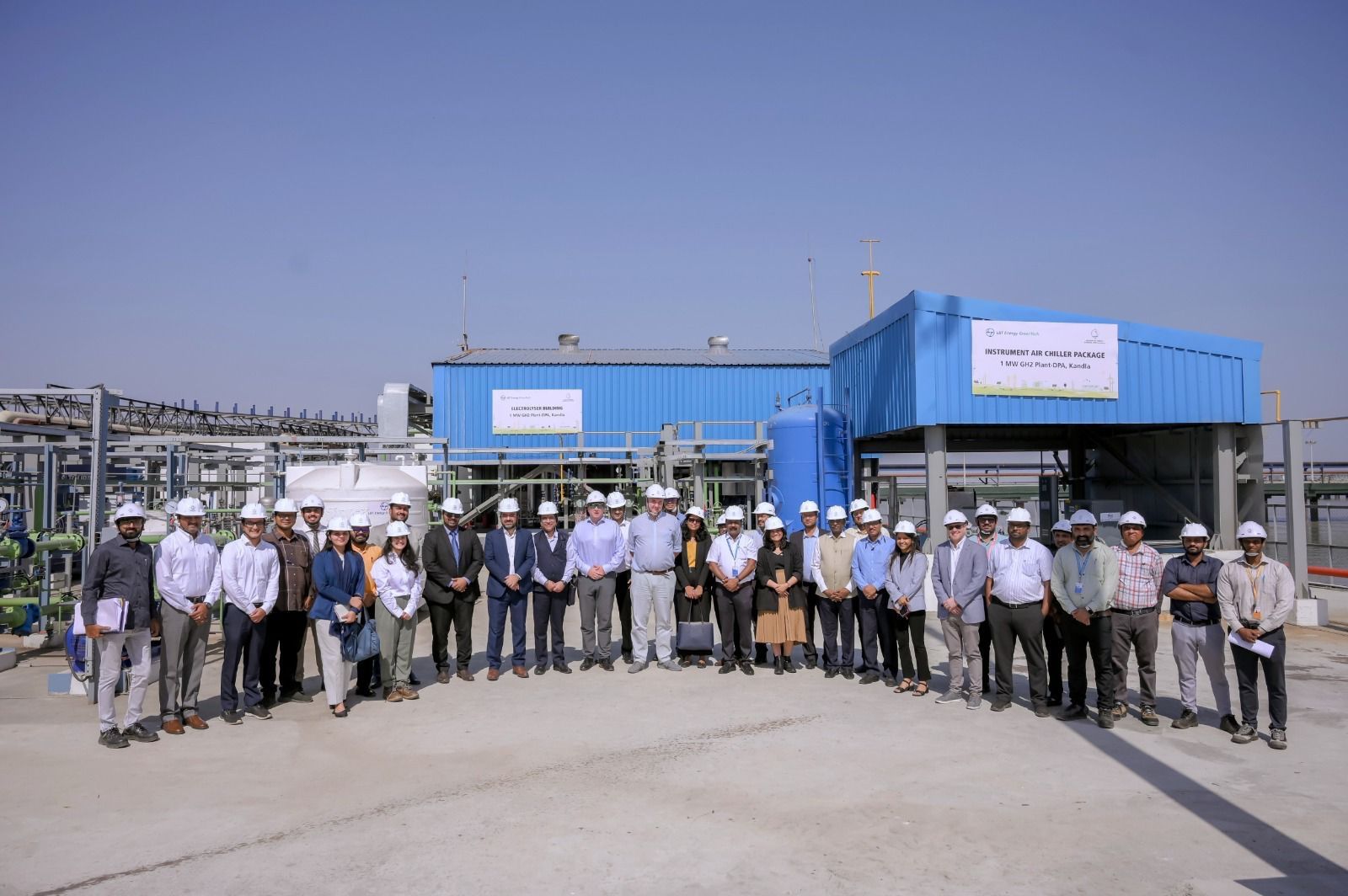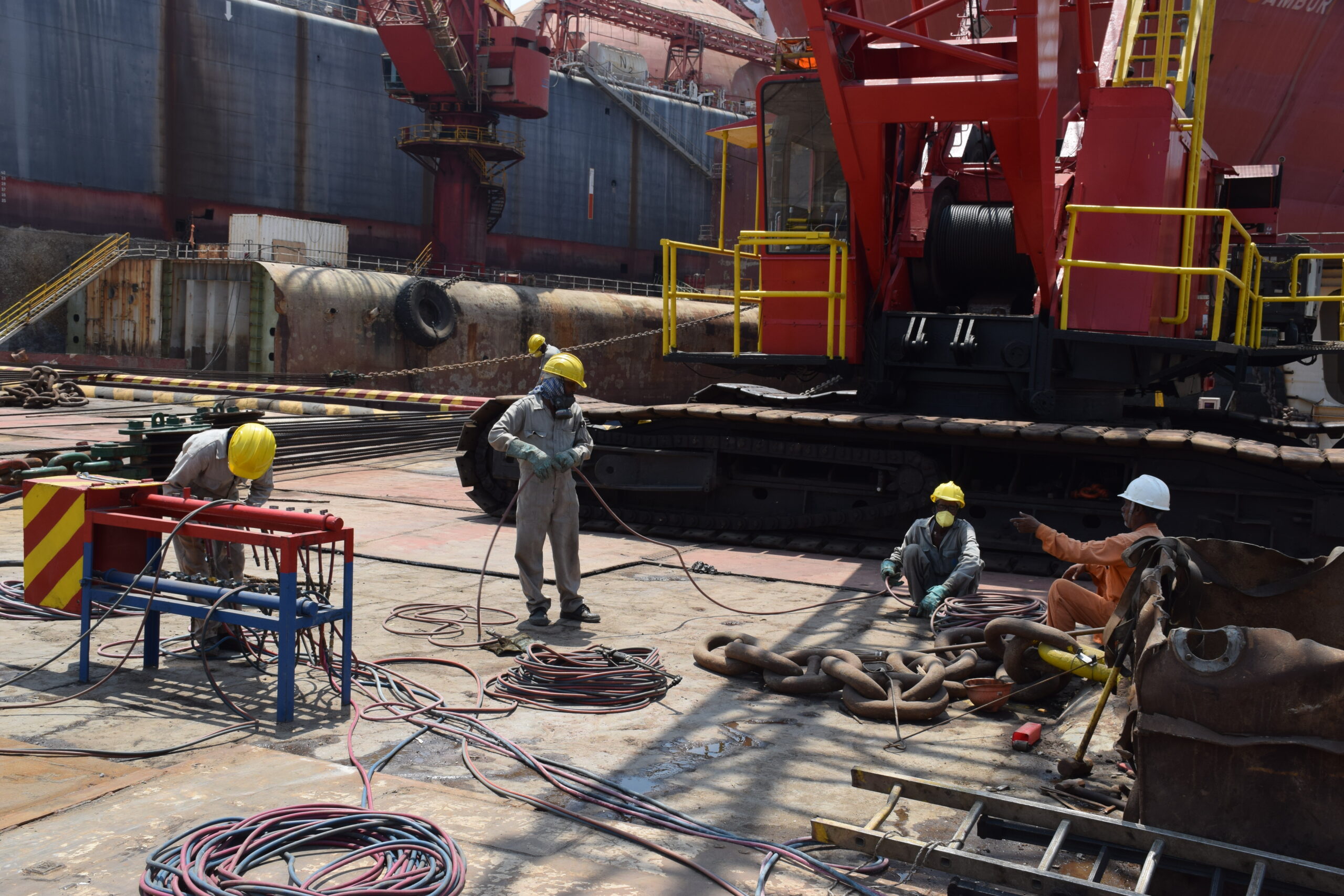Ship-Recycling Sector Slumps to a Five-Month Low Amid Sluggish Steel Markets
The global ship-recycling sector has entered a prolonged lull, with October marking the weakest month in five for beaching and dismantling activity. According to industry data, tonnage arriving at major recycling yards—particularly in South Asia and Türkiye—has fallen sharply, weighed down by slack steel demand, inflationary pressures and broader economic uncertainty. Lloyd’s List+3Lloyd’s List+3Shipping Telegraph+3

Weak Fundamentals, Weak Demand
Until recently, the dismantling of end-of-life vessels offered a reliable outlet both for ship-owners looking to retire ageing tonnage, and for scrap steel consumers in emerging markets seeking low-cost feedstock. But the current “perfect storm” of weak steel fundamentals, inflation, and geopolitical risk is denting that dynamic. Lloyd’s List+1
In October alone, beachings at major yards included seven tankers, five bulk carriers and three containerships, underscoring that even across vessel types — from liquid cargo to bulk dry and boxes — the appetite for scrap tonnage has dimmed. Lloyd’s List
Regional Impacts: South Asia and Türkiye
Key recycling hubs are feeling the pressure. In South Asia — led by India’s Alang and its Sosiya extension, Bangladesh’s Chattogram yards and Pakistan’s Gadani region — yards are reporting tepid enquiries and reduced volumes. Many rely on domestic demand for recycled steel plates, structural sections or re-rolling, which is now faltering.
Meanwhile in Türkiye, currency weakness, import competition (especially of steel), and subdued downstream demand have combined to compress margins and lower appetite for incoming tonnage. Shipping Telegraph+1
In India’s case, even though yards received the majority of end-of-life ships in October, the underlying market signal remains weak: arrival volumes may be deceptively high, but conversion to profitable recycling is challenged. Lloyd’s List
Why Steel Matters?
At the heart of the slump lies the link between ship-recycling and the steel market: steel plate and scrap prices form the core revenue stream for breakers. When steel prices fall or downstream consumption shrinks, the incentive to purchase and dismantle ships diminishes sharply. Historically, such downturns have led the industry into cautious mode. ICRA+2commons.wmu.se+2
With weak global growth, infrastructure spending under pressure, and competition from lower-cost steel imports (notably from China), many recyclers are deferring purchases or renegotiating terms. The result: fewer vessels sold for demolition, more tonnage lingering longer, and increased costs from longer tows, idling equipment and regulatory overhead.
Owners and Yards in a Holding Pattern
For ship-owners, the economics of breaking a vessel now require more careful timing. Towage, safe-entry costs, hazardous-material removal and compliance with recycling conventions add fixed cost burdens. If scrap prices offer weak or uncertain proceeds, they may opt to extend a ship’s trading life — albeit at the risk of rising running-costs and regulatory misalignment.
For yards, the challenge is to remain financially viable while navigating lower volumes, flat or falling scrap-plate prices and rising regulatory/ESG demands. Some yards are upgrading their facilities to meet the Hong Kong International Convention for the Safe and Environmentally Sound Recycling of Ships (HKC) standards, which in the longer term may help secure higher quality tonnage — but in the near-term these investments raise break-even thresholds. climatecatalyst+1
Outlook: Watch-and-Wait into 2026
The key question now is when the recycling market might rebound. A modest revival in scrap steel prices or a stimulus in infrastructure spending could shift the balance. But until then, the sector appears set to operate in a holding pattern. Industry watchers note:
-
Owners may defer demolition decisions until more certain returns accrue.
-
Yards may compete more aggressively on terms (e.g., shorter tows, faster payments) to attract tonnage.
-
Regional differentiation will matter: yards with HKC/EU-list compliance may attract niche business even when commodity steel markets are weak.
In short: the broad industry is down, and the recovery timeline is uncertain. As one weekly market report put it: “the ship-recycling market remained largely inactive … across all major destinations this week… weak steel demand and political uncertainty continued to weigh on sentiment.” hellenicshippingnews.com
Implications for India’s Alang Yards
Given your location in Gujarat, it’s noteworthy that the Alang-Sosiya complex remains a major global node for ship-recycling. Even as global activity cools, the availability of labour, local downstream steel re-rolling capacity and proximity to dismantling resources are structural advantages. However, the slowdown in arrivals and scrap pricing will directly press margins for yards in the region.
For stakeholders in the Indian sector, this means heightened focus on: yard compliance and certification, diversification of steel buyers (including green-steel segments), efficient ship arrival and dismantling logistics, and hedging against scrap-price cycles.
In summary, the ship-recycling sector’s descent to a five-month low underscores how integral downstream steel demand is to the health of the industry. Until the broader steel market shows sign of life, owner-and-yard alike will remain cautious — and tonnage will wait.
Author: shipping inbox
shipping and maritime related web portal









